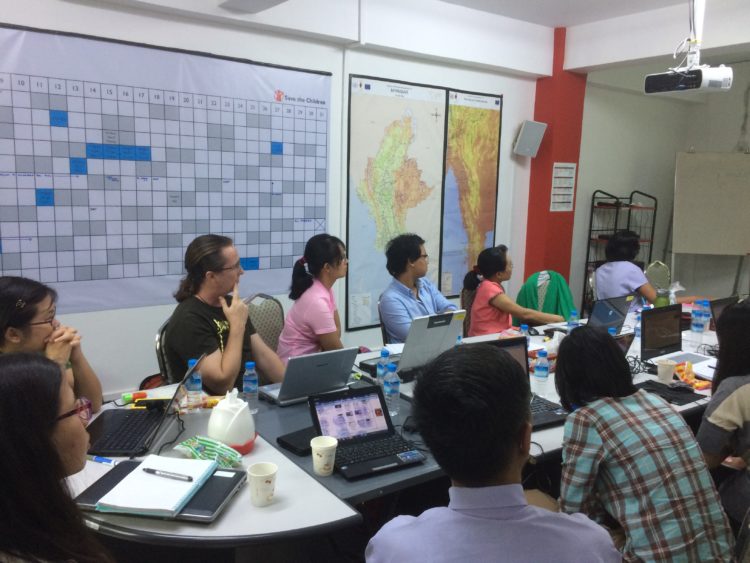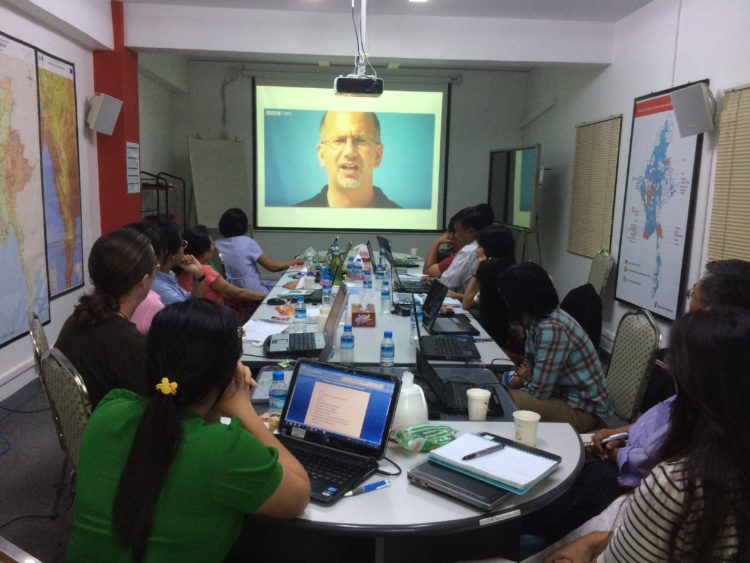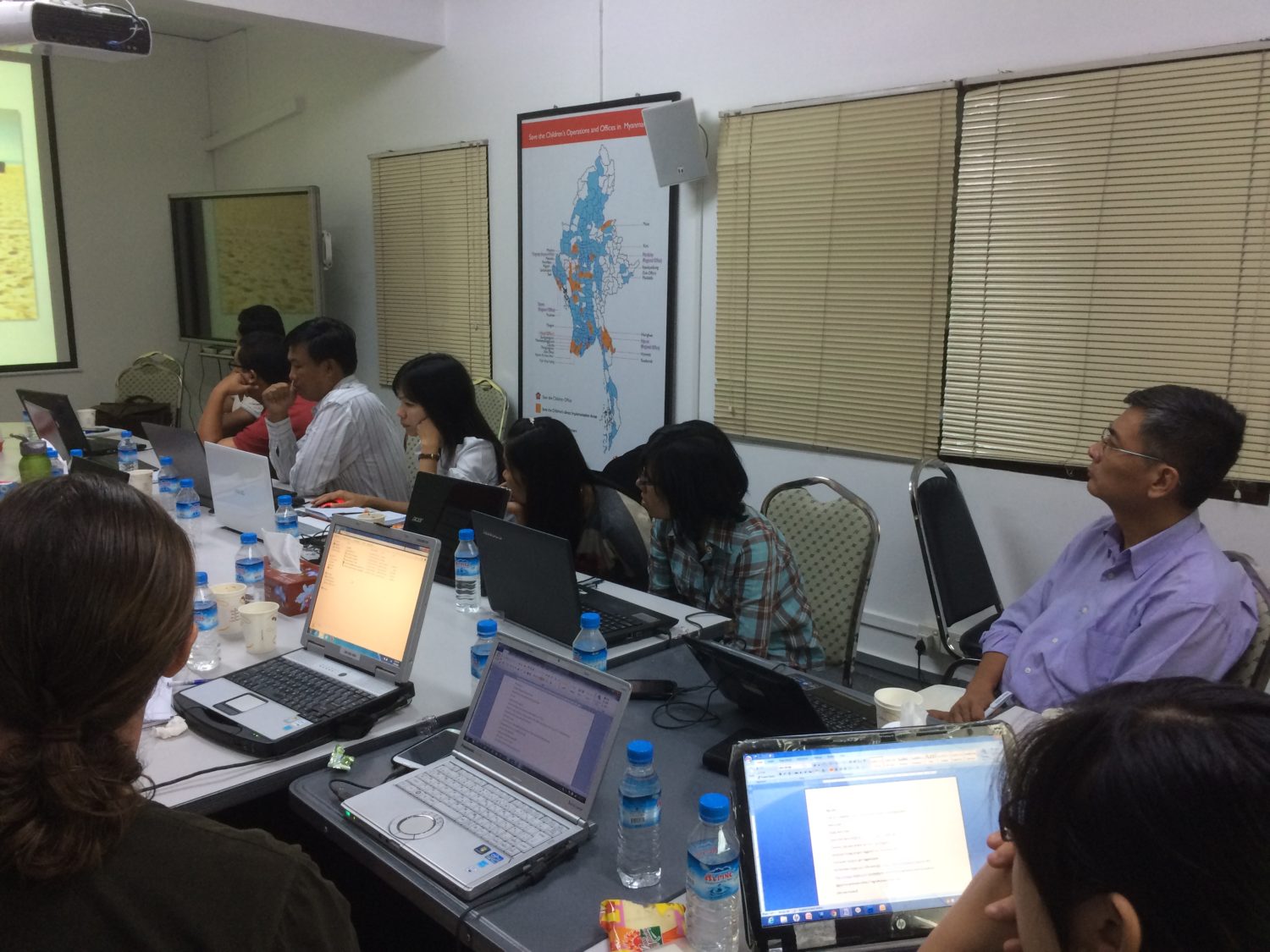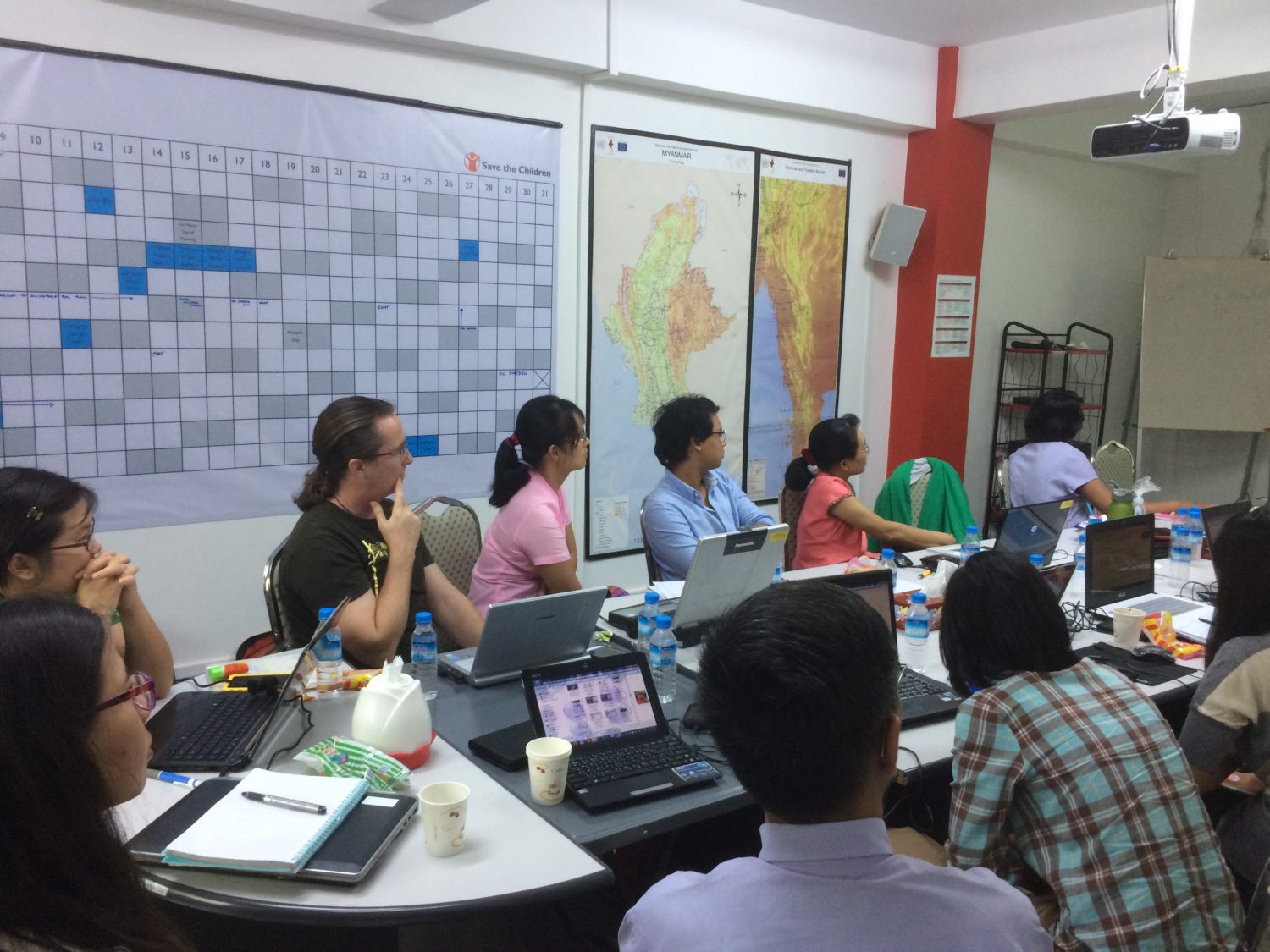In crisis areas, quick and informed decision-making can protect and save lives. Good and reliable data can improve decision-making in development cooperation and aid efficiency. New web, mobile and Internet-based media and information dissemination platforms are constantly evolving, producing increasing amounts of content. The speed with which information is created, published and disseminated on the web, especially with the growth of mobiles and tablets, keeps increasing. This allows for a multiplicity of perspectives to surface. The challenge for experts working in civilian crisis management and development is finding a way to filter the information and determine what is relevant with the overload of information, and further, to communicate that effectively to the right people in an efficient manner. Additionally, new tools are being developed to help experts visualise data in a clear way, so that it can be easily shared, interpreted, and understood by different users.
In light of these developments, a workshop was held in Yangon, Myanmar on 2nd and 3rd October around using new and social media on the web for crisis information management. Facilitated by Sanjana Hattotuwa from the ICT4Peace Foundation in cooperation with the MIMU, Myanmar and supported by UNESCO, the workshop offered a forum to discuss big data’s volume, velocity and variety, web based social media verification basics as well as practical ways to keep abreast of social media production (through personal and institutional filters). The workshop also introduced participants to new technology tools and platforms used in the collection, verification, and dissemination of information to improve situational awareness. With the working definition of Information Management as the collection, analysis, verification, presentation and sharing of information for decision making and reporting, the workshop was geared towards Information Management (IM) experts working in humanitarian operations, crisis management and development planning, management, monitoring and evaluation.
The workshop’s format, though planned to be highly interactive, had to be changed on account of the significant challenges around connectivity in Yangon. All aspects of the agenda were covered, with training focussing on what was possible using the web, mobiles, social media and information in the public domain, rather than hands-on training on each of the platform. High Definition videos featuring walkthroughs of key platforms were provided to all participants, so that even without Internet access during the workshop, they were able to see what clearly what each was capable of.
The workshop was timely, with new telecos just entering the country, promising upwards of 80% countrywide coverage in the next couple of years. SIM card prices had plummeted from just a month ago, and there was a decent 3G network for mobiles in the city, expanding to other parts of the country in the months and years to come. Because of this nascent revolution in communications, there was a lot of interest around hate speech using social media, and the module on verification was perhaps the best received. Discussions on both days were anchored to how these tools could be used by participants in the country to strengthen their institutional mandates around early warning and crisis responses as well as team or individual bases interests in keeping abreast with information published on social media. Discussions also focussed on the use of some of the services and tools around the elections next year, for voter education and election violence monitoring.
The learning objectives for the workshop were fourfold: to be able to use new media tools to collect, analyse, present, verify and disseminate information; to understand the impact new and web-based social media have on information management and situational awareness; to be aware of the added complexities that have arisen and are arising through the increased use of new media; to understand the nature of big and open data on the web and Internet, and how this information can be useful in crisis response and mitigation. Despite the significant challenges around Internet connectivity over the two days, these objectives were met.
All of the presentations by the trainer were handed over to all the participants as high quality, print ready PDFs, in addition to the high definition videos / screencasts noted above. After the workshop, a feedback form was circulated amongst the participants. The responses demonstrate how valuable the workshop was and what is a strong interest in taking key aspects of the training forward through more trainings and focussed discussions.





